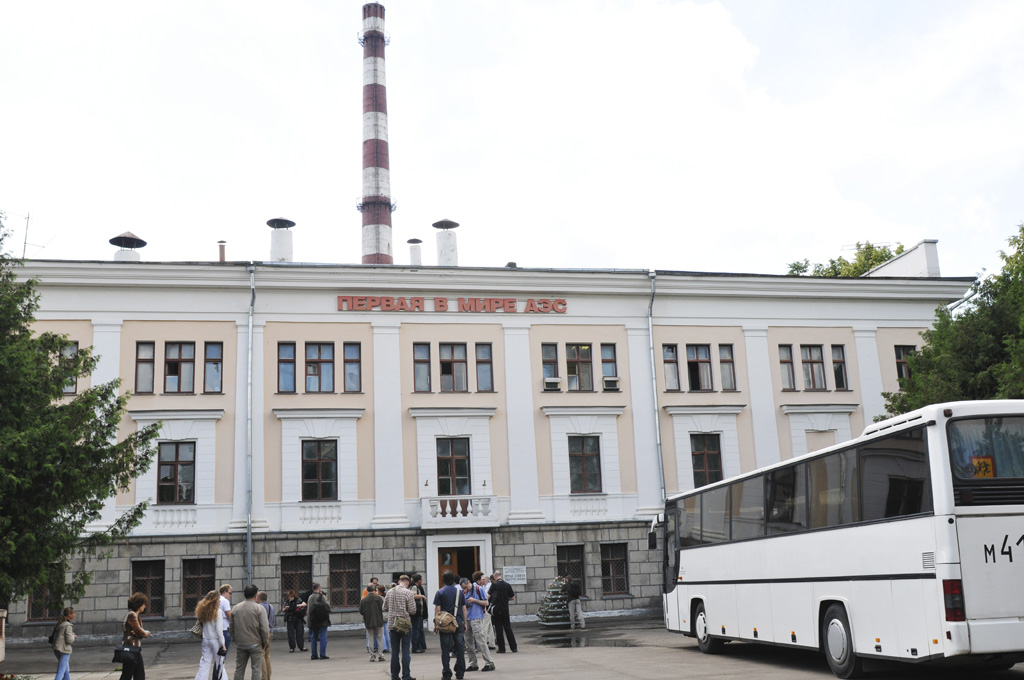The late 1940s were marked by tension, strain, and conflict among the world’s major powers during the period known as the Cold War. This era was characterized by a significant arms race, especially concerning nuclear weapons, leading to a pervasive fear of global annihilation. For many people, the term “nuclear” evoked only images of complete destruction. However, on June 27, 1954, the Obninsk Power Plant opened in Moscow, becoming the first nuclear power plant to connect to a power grid and supply electricity to homes and businesses in the area. This landmark milestone demonstrated to the world that there are peaceful ways to harness nuclear energy.
The Obninsk Nuclear Power Plant was the first facility to utilize nuclear energy for industrial purposes and supply power to the public grid, although only on a small scale. It generated only 5 megawatts, which is relatively small compared to modern plants. The reactor at the plant was named “AM-1,” or “Atom Mirny,” which translates to “peaceful atom” in Russian. Obninsk operated for over 50 years, finally closing in 2002. Throughout its decades of service, it also functioned as a center for nuclear research. The plant’s original aim was to find practical applications for nuclear energy, and it succeeded in that goal.
Although other nuclear plants had previously generated small amounts of electricity before Obninsk, this nuclear plant was the very first to feed electricity into the power grid. This achievement demonstrated to the world that nuclear power could serve as a significant energy source globally, rather than just a means of destruction.

